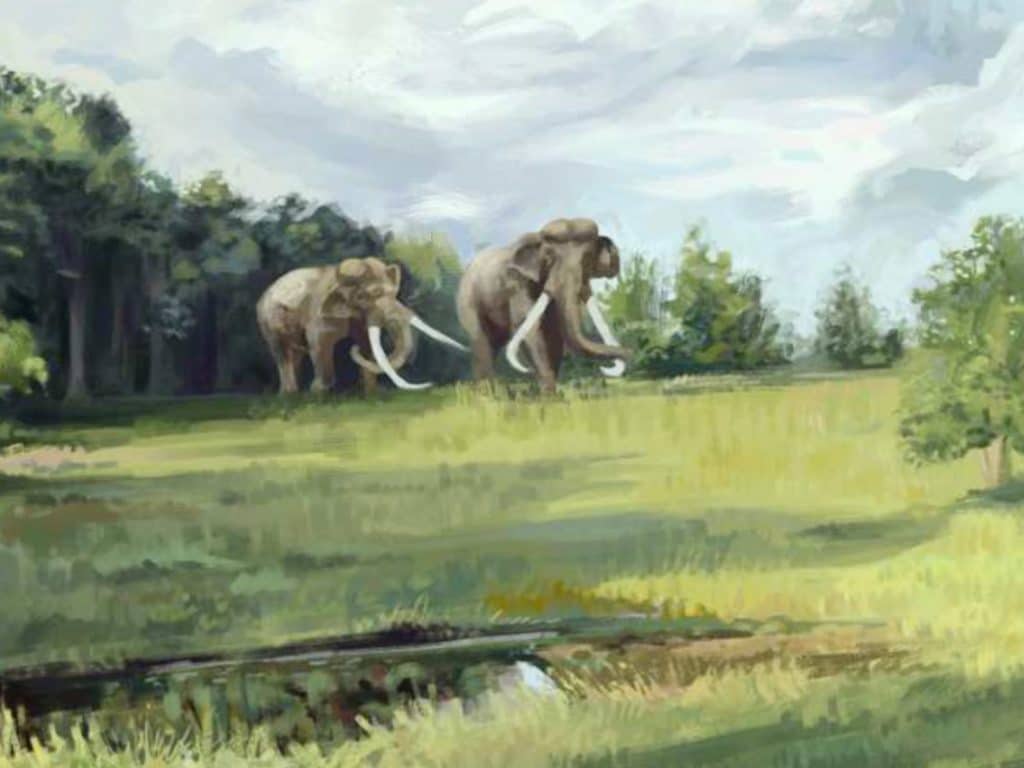Before the arrival of Homo sapiens, the temperate forest biome was characterised by extensive open, light vegetation.
The extent of vegetation openness in past European landscapes is widely debated. In particular, the temperate forest biome has traditionally been defined as dense forest with a closed canopy. However, some argue that large herbivores maintained greater openness, or even wood pasture conditions.
We address this question here for the last interglacial period (between 129,000 and 116,000 years ago), before the decline in megafauna linked to the Homo sapiens and anthropogenic transformation of the landscape. We applied the REVEALS vegetation reconstruction method to 96 pollen series from the last interglacial.
We found that open forest and vegetation represented, on average, more than 50 % of the cover during this period.
The degree of openness is highly variable and is only partially linked to climatic factors, indicating the importance of natural disturbance regimes.
Our results show that the temperate forest biome was historically heterogeneous rather than uniformly dense, which is consistent with the dependence of much of Europe's current biodiversity on open vegetation and open forests.
Elena A. Pearce1,2*, Florence Mazier3, Signe Normand1,2,4,5, Ralph Fyfe6, Valérie Andrieu7Corrie Bakels8, Zofia Balwierz9, Krzysztof Bińka10, Steve Boreham11, Olga K. Borisova12,Anna Brostrom13,14, Jacques-Louis de Beaulieu15, Cunhai Gao16, Penélope González-Sampériz17,Wojciech Granoszewski18, Anna Hrynowiecka19, Piotr Kołaczek20, Petr Kuneš21, Donatella Magri22,Małgorzata Malkiewicz23, Tim Mighall24, Alice M. Milner25, Per Möller13, Małgorzata Nita26,Bożena Noryśkiewicz27, Irena Agnieszka Pidek28, Maurice Reille15, Ann-Marie Robertsson29,J. Sakari Salonen30, Patrick Schläfli31, Jeroen Schokker32,33, Paolo Scussolini34, Vaida Šeirienė35,Jaqueline Strahl36, Brigitte Urban37, Hanna Winter38, Jens-Christian Svenning1,2,4
Publication Science15 Nov. 2023

Before the arrival of Homo sapiens in Europe, landscapes were different from what we thought
Find out more: The study published in the journal Science Advances and an article on the University of Aarhus

